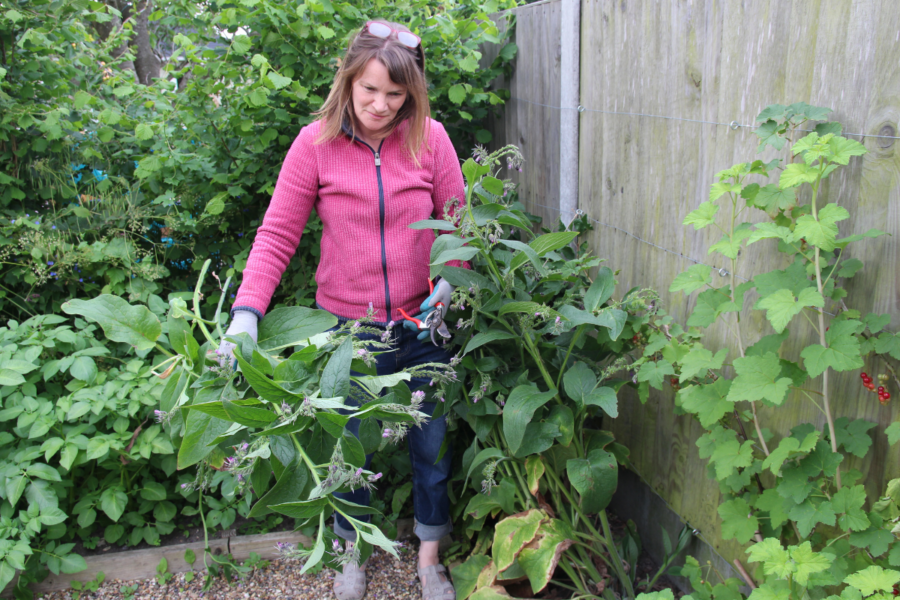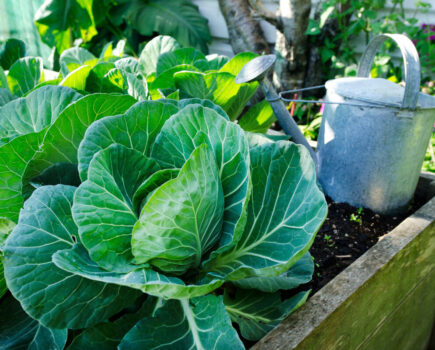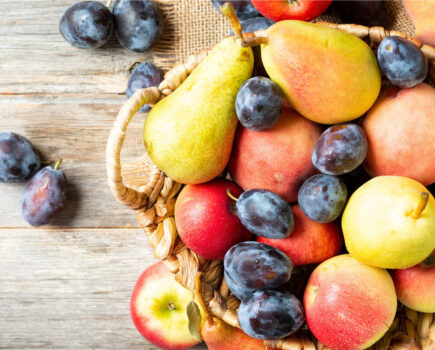If switching totally to organic gardening is your objective, why not include making plant fertiliser as part of your regime?
Comfrey leaves are well known for creating a nutrient-rich home-grown brew, and there are many fruiting crops on the plot that will appreciate being fed with it, right now:
Step 1 – Harvest 1kg comfrey leaves from healthy plants (wear gloves as stems are bristly)– discard any seedpods unless growing the sterile ‘Bocking 14’ type. Pack the leaves into a large container, weighing them down with a brick. Add 15 litres of water to submerge the leaves fully.
Step 2 – Place a lid on the container and put it somewhere out of the way for 5-6 weeks. Once this time has elapsed the comfrey leaves should have rotted down sufficiently in the water. Remove the lid – and stand well back! The resulting liquid is notoriously smelly.

Step 3 – Strain the liquid through a garden riddle or similar, to remove the fibrous plant plants (these can be added to your compost heap). The resulting liquid will act as a high-potash feed, ideal for fruiting crops such as tomatoes and peppers (there’s no need to dilute it).
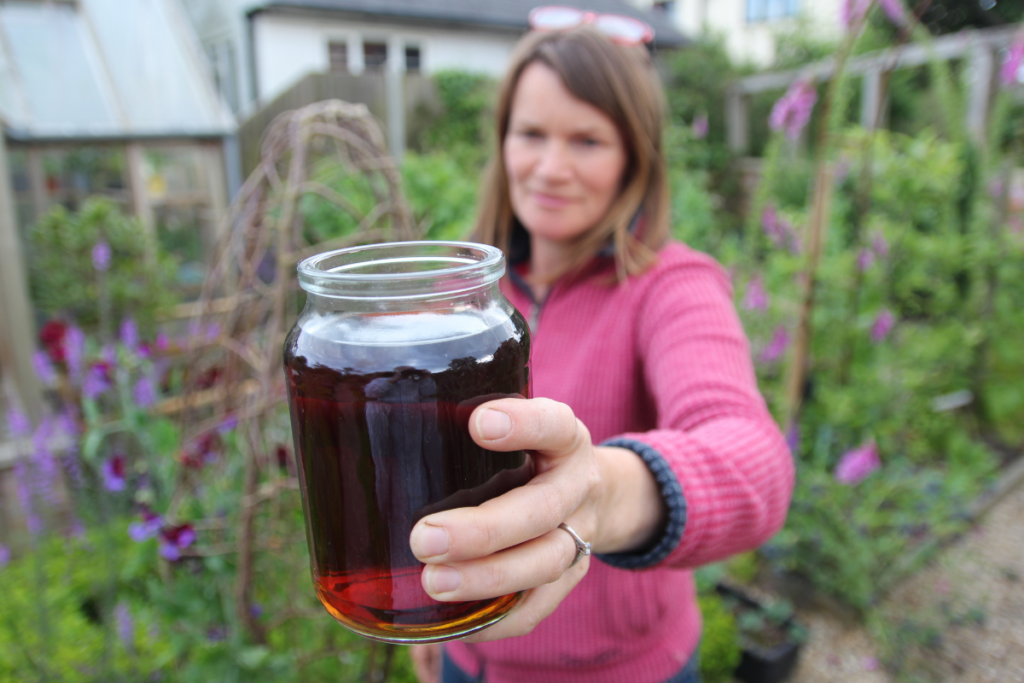
Top Tip – Dealing with gooseberry sawfly
Have you ever come across a gardener scrutinising their summer gooseberry bushes? Chances are they’re scanning the foliage for signs of sawfly damage – which is a very wise move. The tiny, caterpillar-like larvae can completely defoliate gooseberries if populations rise excessively. This, year on year, will severely weaken your plants. As long as larvae numbers stay at a moderate level, however, sawflies and gardeners can live in harmony. This is what I’ve managed to do for the past five years, only stepping in to remove larvae when roughly one third of my bushes’ leaf volume is eaten. At that point, I grab my hose and apply a strong jet of water – this knocks many of the larvae to the ground, ready for my local robin to tuck into.
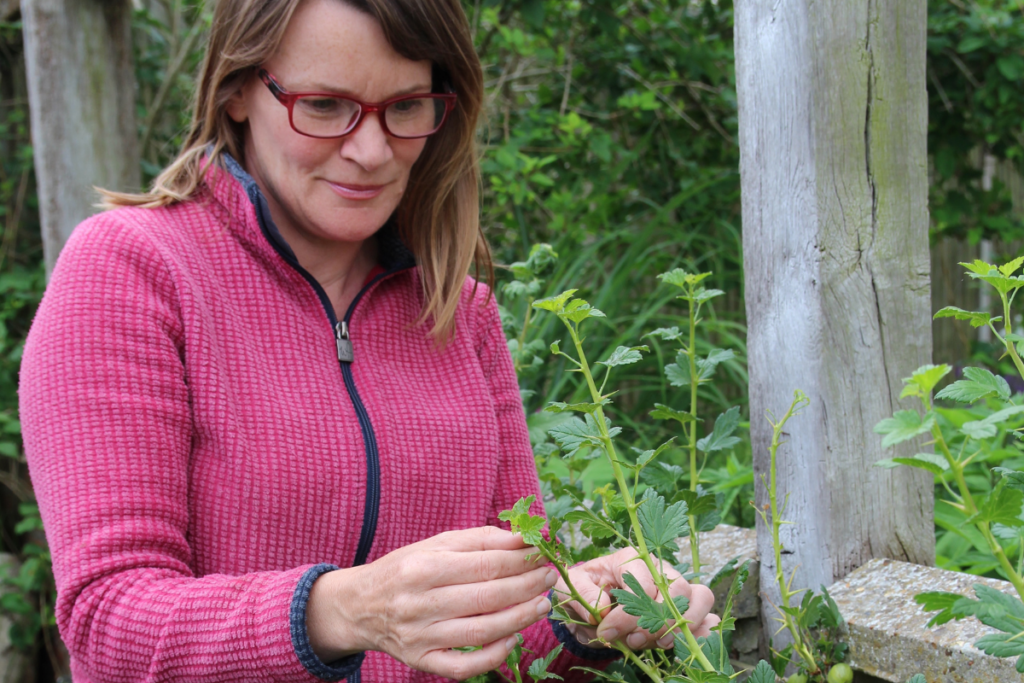
Why not try – Mountain sorrel
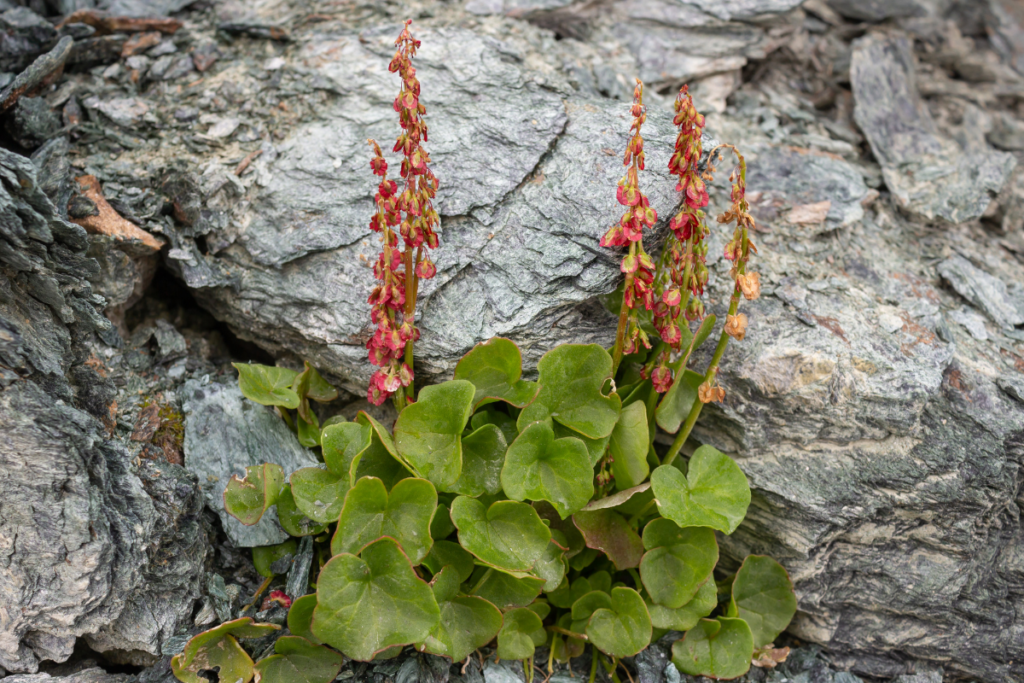
If you’re embracing the idea of cultivating low maintenance perennial edibles, then mountain sorrel is well worth adding to your ‘must grow’ list. Botanically known as Oxyria digyna, this dock and rhubarb relative may be more diminutive in stature, but it’s equally as valuable. As with other sorrels, the foliage has a pleasantly sharp lemon-like flavour. A few young leaves can be scattered raw through salads for a flavour hit, but if you want to eat this crop in quantity its best consumed cooked to moderate your intake of oxalic acid. Sown in spring, plants are happiest in moist shade, making them a useful edible for mopping up ‘tricky’ areas. If foliage becomes coarse, simply shear plants to soil level to encourage a new flush of palatable leaves.
………………..
Five quick jobs
- Brassica and tomato growers, be vigilant! Whitefly populations can erupt on plants during warm weather. A quick way to keep numbers in check is to blast crops with a strong jet of water. The whitefly scatter, and plants get watered, too – result! Image 5 and 6 INSET CAPTION Protect crops from whitefly with a water jet removal
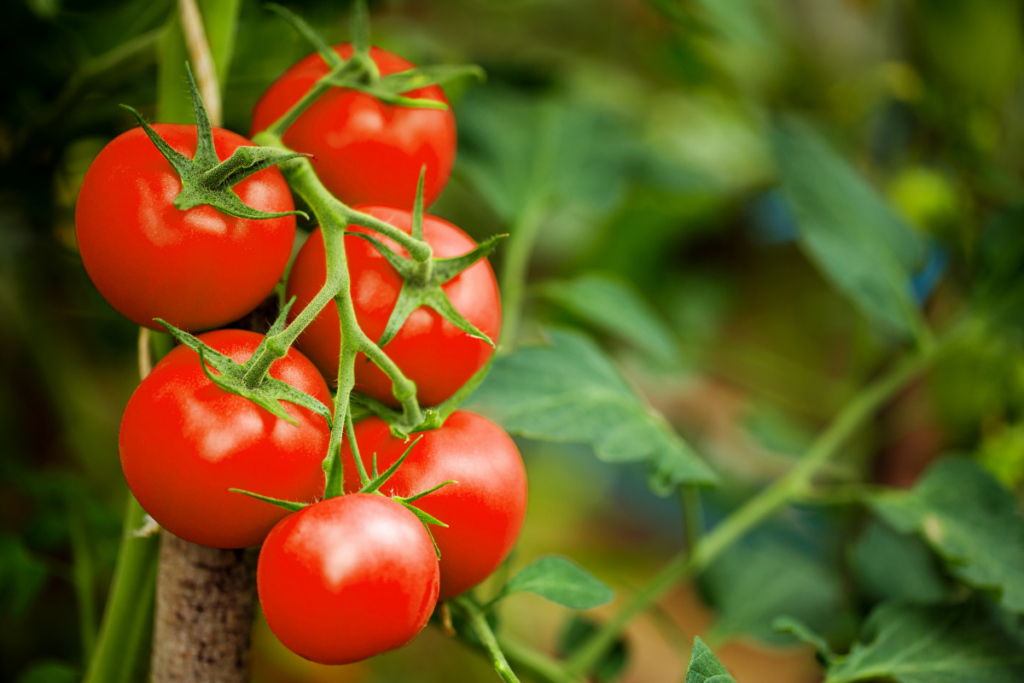

- The trouble with creating beds perfect for your edibles, is that weeds want to grow in them, too. Take regular action to ensure your veg maintain the upper hand – run a hoe over uncropped areas to decapitate weeds. A dry, sunny day with a breeze is ideal for this task.
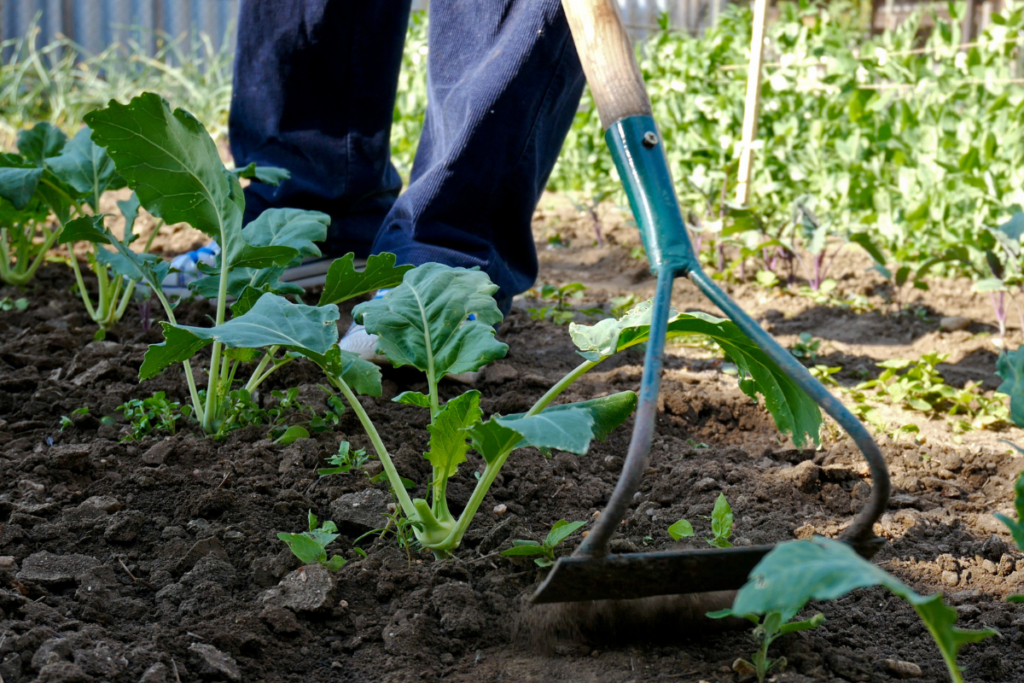
- Hybrid berries such as tayberries, loganberries and boysenberries have a natural vigour that helps them grow at an almighty rate. Tame all this energy by bundling together all newly produced canes. These can then be unbundled and tied in during the autumn.
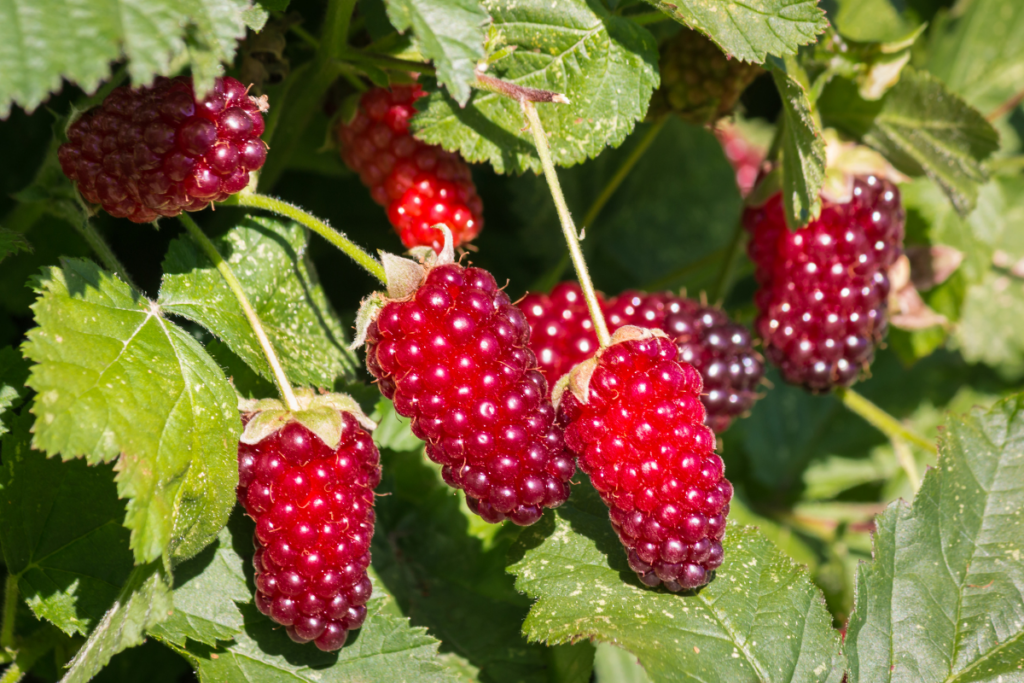
- Are your potted fruits struggling in the summer heat? Roots can quickly dry out if pots are in the sun, especially if they’ve become congested and have pushed themselves to the outer edges of the compost. Move such plants into shade and make a note to re-pot them.
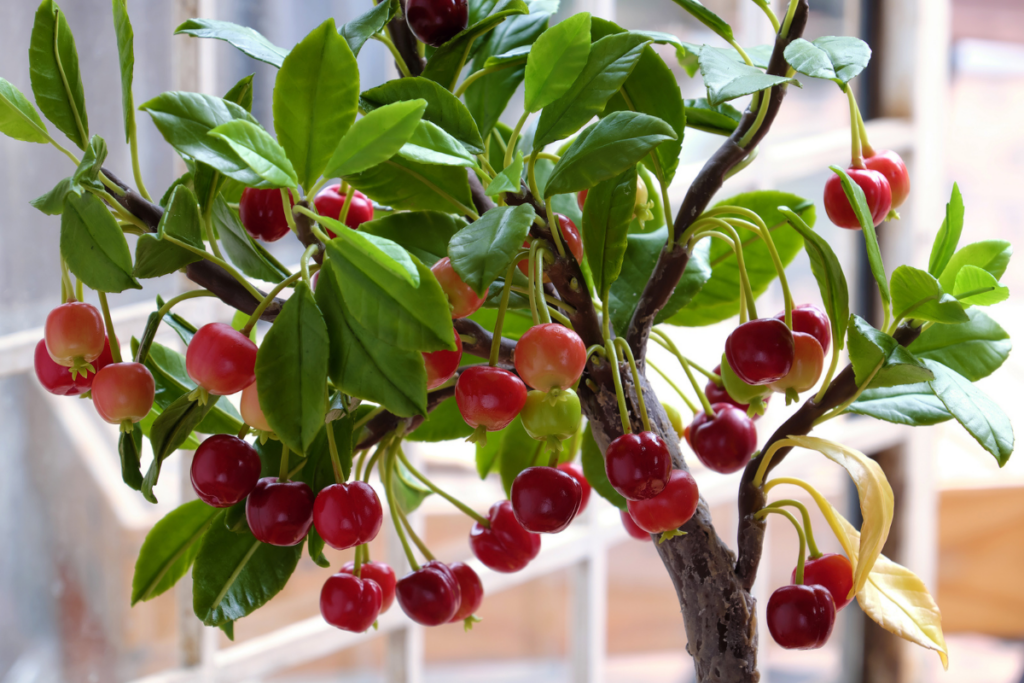
- Currant growers, get busy! These tart fruits will be at their peak now, so allocate some time towards their harvest. I find it saves backache if I sit on a kneeler beneath my white and redcurrants. You can cut whole stems off blackcurrants to simplify picking.
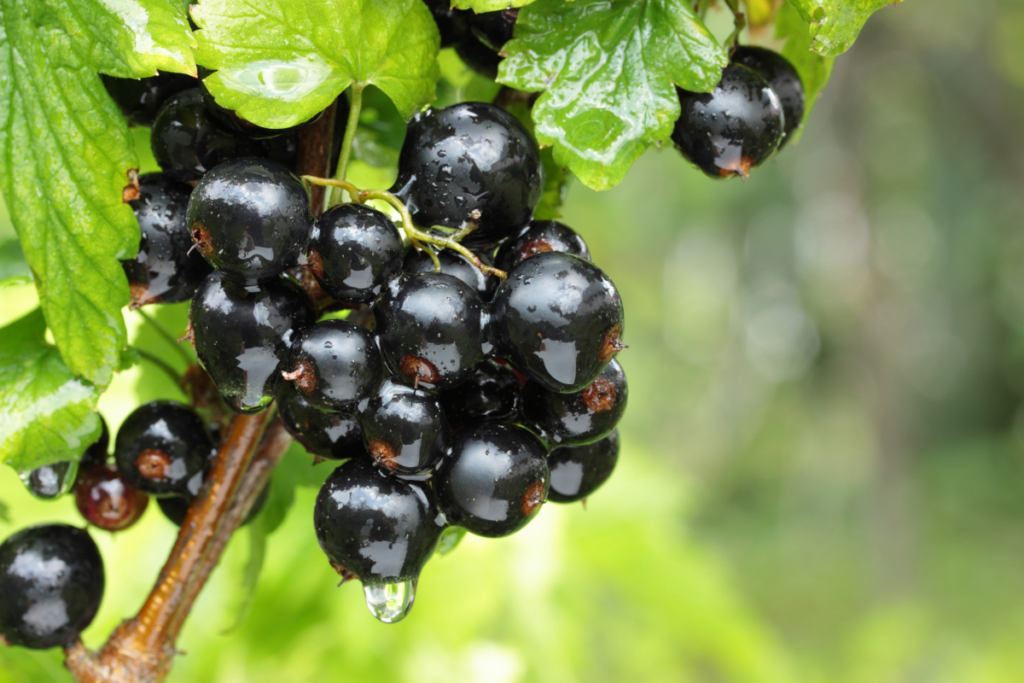
Find more tips, advice and articles like this at the Amateur Gardening website. Subscribe to Amateur Gardening magazine now

